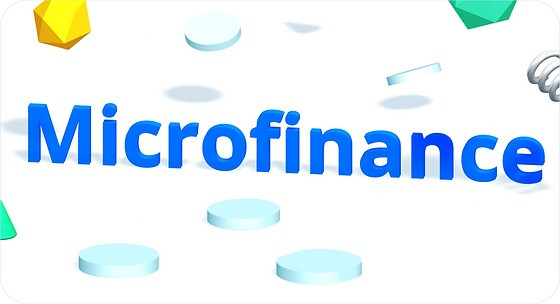Soft Microfinance, a Welfare Financing
Microfinance has been hailed as a powerful tool for alleviating poverty, empowering low-income populations and promoting financial inclusion, particularly in underdeveloped and developing economies. It provides small loans and financial services to low-income individuals who lack access to traditional banking systems. While traditional microfinance has some limitations (as those institutions often charge high, double-digit interest rates to cover operational costs), soft microfinance can be a more humane and sustainable approach to micro-financing, which gives emphasis on borrowers’ welfare and social development instead of profit maximisation. This type of microfinance is mainly designed to facilitate the most vulnerable borrowers, such as the low income people who have very limited repayment capacity.

As Bangladesh continues to thrive as a global leader in microfinance, it is time to explore a new dimension of financial inclusion—soft microfinance. While the traditional model has undoubtedly transformed lives and empowered millions in some areas, yet it remains unsuitable for a large section of vulnerable people of the country. This model still places a heavy financial burden on low-income borrowers.
Meanwhile, soft microfinance seeks to change this by offering loans at significantly lower, single-digit interest rates or even at zero interest. In doing so, it aims to reduce the pressure on borrowers, enabling them to invest more of their income into improving their livelihoods rather than repaying high-interest loans. Soft microfinance is about more than just numbers— it is about ethics.
The system is designed to ensure that lending practices are fair and transparent. In the case of soft microfinance, there are no hidden fees or exploitative interest rates, making sure borrowers are not trapped in cycles of debt. Equally important, soft microfinance directs funds toward socially acceptable and positive activities. And borrowers are discouraged from investing in harmful or unethical ventures, ensuring that the loans contribute to a broader sense of community well-being.
While conventional microfinance focuses on both social impact and financial return, soft microfinance places social impact at the forefront. Its primary goal is uplifting communities and creating long-term economic stability rather than just generating profit. It is about fostering real, sustainable change in the lives of individuals and their families. One of the key features that distinguish soft microfinance is its flexibility in repayment. Borrowers can extend their repayment periods, an advantage that enables them to repay loan instalments without compromising their daily needs. In special cases, borrowers will also get a long grace period so that they can establish a stable income stream first, and then start repaying the debt. This flexibility helps them manage financial pressures and reduces the risk of default.
Soft microfinance is not just about handing out money. It is about equipping borrowers with the tools they need to succeed. This could include financial literacy programmes, business training, or continuous mentorship. In some cases, borrowers also receive asset transfers, such as livestock or seeds. Health and education support may also be provided, ensuring that the individual is fully supported, both financially and socially. Unlike traditional microfinance, which has often been criticised for excluding the ultra-poor, soft microfinance is designed specifically for those individuals. These people are too financially insecure to participate in regular microfinance programmes—they lack assets, stable incomes, or are otherwise deemed too ‘risky.’ Soft microfinance extends a hand to these marginalised groups, giving them access to the capital they need to break the cycle of poverty.
Another innovative aspect of soft microfinance is the concept of social collateral. Instead of requiring tangible assets as collateral, soft microfinance relies on the borrower’s community network for support. This system ensures that even those without tangible assets can access the financial support.
Soft microfinance, an important evolution in the field of financial inclusion, might offer a compassionate and human-centred approach to lending and ensure that no one is left behind in our journey toward progress. In short, this model of microfinance might play a crucial role in empowering marginalised groups, reducing poverty, and promoting entrepreneurship. However, challenges related to sustainability, reach, and dependency on external funding must be addressed to reach its full potential. With the right support, soft microfinance can serve as a transformative tool in the global effort to achieve economic equity and financial empowerment for all.
______________________________________
The writer is a development activist